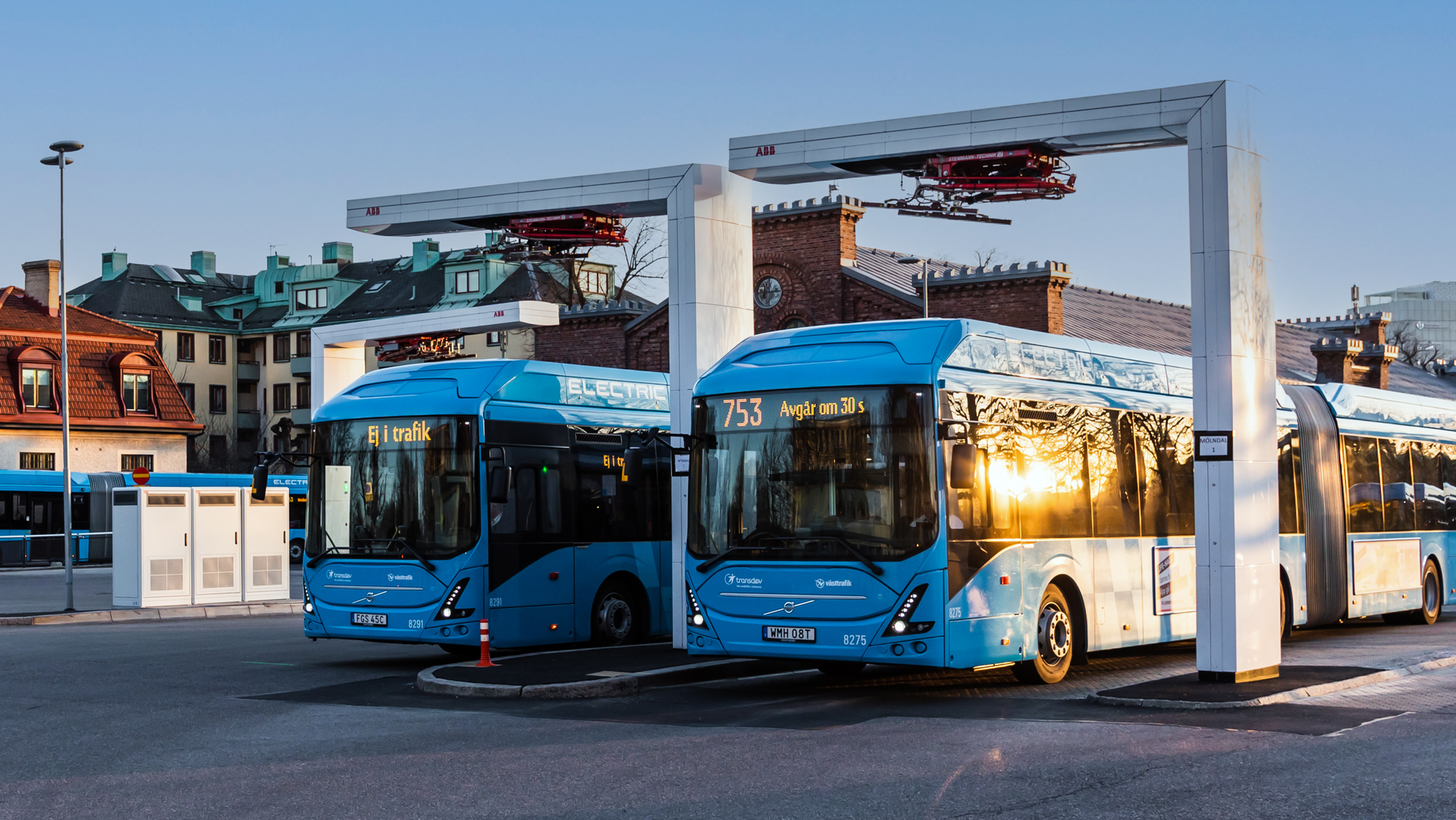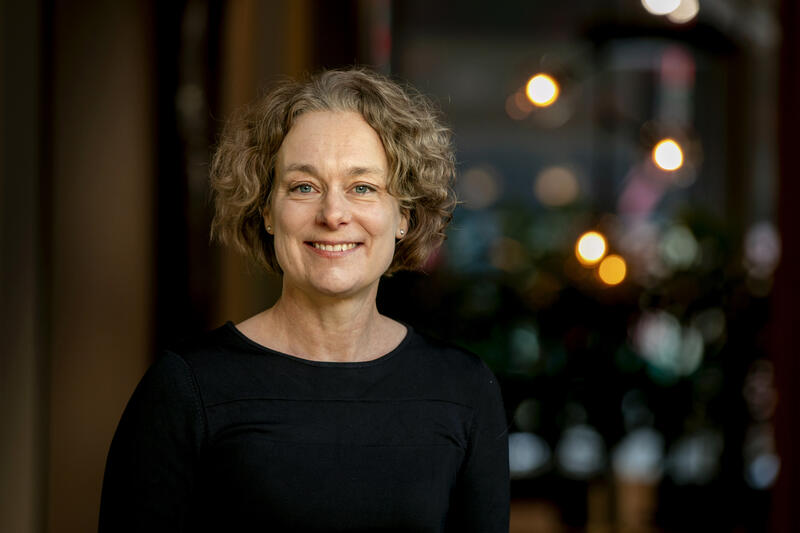DREEMER
The project explores how different modes of transport could share charging infrastructure and power supply in an efficient way that does not overload the electricity grid and that can facilitate the transition to an electrified transport system.

The ongoing electrification of the transport sector places new demands on our electrical grid. More and more vehicles need charging and more heavy electrified vehicles also mean that the energy consumption can be very high at times. The development requires a focus on system solutions that ensure that the increased charging does not overload the electrical grid at the same time that the vehicles must be able to continue rolling. In terms of efficiency, our electricity grid can handle the continued electrification, but there are many challenges to solve. DREEMER intends to demonstrate sustainable solutions for several of these.
DREEMER (Shared, Regional Energy and Mobility Supply System for Efficient Resource Utilization) works from a systems perspective to achieve the project's goals. Specific goals are to:
- identify general opportunities for shared local charging
- describe and develop digital system architecture
- analyze cost and environmental effects
- systematically map energy and power needs
- prepare a larger system demonstration for testing and further knowledge building
In addition to and to achieve the goals above, the project will also:
- study the effect of electrification on role allocation and procurement in socially useful sectors
- analyze energy and power needs for different geographies and scenarios and identify different measures to meet the need
- propose new concepts for shared charging digital system architecture
- enable the sharing of charging infrastructure, among other things, by developing a prediction method for vehicle charging needs and a charging service concept
The work carried out within the project is expected to contribute to improve the conditions for shared local power supply for electric buses and other modes of transport.
Project structure
The project is divided into two vertical (V) and four horizontal (H) work packages with an iterative working method and interaction between them. In V1, the city's challenges and opportunities with electrification are investigated and V2 has a vehicle focus linked to energy prediction and shared charging. The horizontal APs will jointly analyze future electricity and power needs (H1), system development for connected digital infrastructure (H2), as well as business model, policy, regulatory and ownership issues (H3). Project management and communication takes place in H4.
Time period
Oktober 2022 - December 2025
Partners
ABB E-Mobility, Förvaltnings AB Framtiden, Chalmers Tekniska Högskola, Göteborg Stads Leasing, Johanneberg Science Park, Keolis, Lindholmen Science Park, Göteborg Energi, Göteborgs Stad, Volvokoncernen, Renova, Transdev, Västtrafik
Funding
The project is funded by FFI, Strategic Vehicle Research and Innovation through Vinnova, and by Region Västra Götaland's Regional Development.
Contact


